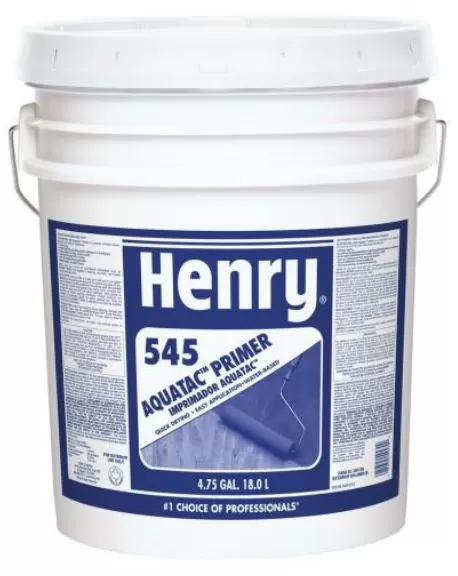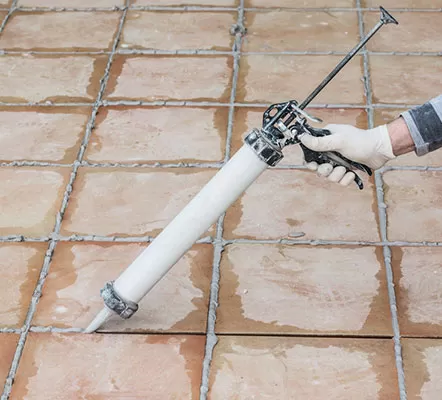Blog
Understanding Hard Hats And Their Functions
How well do you understand hard hats? Do you know what makes them different from other hats? Do you know how to select one that’s right for you? If the answer to any of these questions is no, then read on! You’ll learn about the history of hard hats, what differentiates them and how they can be used to improve your safety in the workplace.
History
Hard hats and hats with protective headgear have been used in the workplace since 1926. They were initially used to protect construction workers’ heads from falling debris and other objects while working on high-rise buildings and large structures. Although they’ve seen many advances in design and materials used, their importance has never waned. Hard hats continue to be an essential part of every worker’s safety gear.
How Hard Hats Work
Hard hats are designed to protect the head from injuries during construction sites, industrial accidents, and other work activities. A hard hat has approximately the same weight as your brain, so you can imagine how important it is to use this accessory when engaging in any of the aforementioned activities. A hard hat will help save your life because it absorbs impact before it reaches your head, thus preventing severe head injury or even death!
Colors and Meaning
- White: Often worn by a person with authority on a job site. They generally refer to supervisors, team leaders, or other people in charge of making sure projects go smoothly. However, in some cases, they also indicate that a person has been trained as an Emergency Medical Technician (EMT) and can render aid in the event of workplace injuries.
- Brown: These might not be as commonly seen, but are typically worn by cleaning crews or anyone working in areas with little to no risk of injury.
- Yellow: Commonly worn in industrial workplaces with the potential for minor to moderate head injuries, such as manufacturing or food preparation facilities
- Green: These are universally accepted as a symbol of compliance with safety standards. The color itself does not indicate anything about its purpose or function; construction workers wear green hard hats when they’re in areas where there are no overhead hazards, such as electrical wiring, water pipes, etc.s
- Blue: Blue hard hats are typically used for construction jobs, and its color indicates that the person is a safety supervisor. The blue color signifies diligence and dependability. The wearers include foremen, who are responsible for ensuring that their workers use protective equipment such as hard hats and earplugs. A blue hard hat also indicates that a worker is part of a safety committee or task force within an organization.
- Orange: This means that a worker is working in a confined space, where the risk of hitting their head is ever-present. It is to be worn if you work in a tunnel, an underpass, or an elevator shaft. It also may indicate something nearby like electrical wiring or heavy machinery, that could fall and cause serious injuries.




